Contents
Compressed air piping systems are an important part of many industrial and commercial operations. They provide a safe, efficient way to carry compressed air to the point of use from the compressor. The following guide will help you understand the basics of compressed air piping systems and how to select the right components for your application.
Working of Air Compressor Piping Systems
Working of Air Compressor Piping Systems
Compressed air piping systems are typically composed of three main components:
- The Compressor
- The Distribution network
- The Point of use
The compressor draws in air from the atmosphere and forces it into a pressurized chamber, where it is stored until needed. The distribution network then transports the compressed air to the various points of use, and finally, the point of use devices use the compressed air to perform their desired task.
Best Material Type for Compressed Air Piping System
Best Material Type for Compressed Air Piping System
For a compressed air piping system to operate properly, the compressor components must be designed specifically for use with compressed air. In addition, the piping material must be able to handle the high pressure and temperatures associated with compressed air systems.
Plastic pipes
Polyethylene (PE) and polyvinyl chloride (PVC) pipes are the most common types of plastic piping used in compressed air systems. They are both lightweight and easy to install, and they can handle high pressure and temperatures without any problems.
Metal pipes
Metal pipes are also a popular choice for compressed air systems, as they are strong and durable. However, they are also heavier than plastic pipes, so they may not be the best choice for applications where weight is a concern.
Black Steel
A popular choice among industrial facilities, black steel pipes are also sometimes used in compressed air systems. They tend to be heavier than most other piping materials, but they are still lightweight enough that installation is relatively easy.
Copper Tubes
Copper tubes are the preferred choice for many commercial shop applications where low weight is not a concern. This material has excellent thermal conductivity properties, so it ensures quick temperature adjustment without any extra effort. For smaller diameter lines, copper tubing can easily be bent into shape using conventional hand bending tools with little difficulty or distortion.
Galvanized Steel pipes
The lightweight properties of galvanized steel pipes make them a top choice for smaller systems where weight is a concern. It also has an excellent corrosion resistance property, so it can be used in many different types of installations without any serious damage to the piping material itself.
Black Bronze Pipes
Black bronze pipes are often preferred over black steel piping because they are both lighter and less expensive than black steel piping. It is also commonly used on compressed air system applications that have some type of rotating machinery involved. This low-carbon alloy has good wear resistance for moving parts, but still maintains its malleability even at elevated temperatures making it ideal for use with rotating equipment.
Benefits of these pipes
- Light in weight
- Installation is easy to handle
- Can handle high pressure and temperatures without any problems
- Accessible in a diversity of sizes and shapes to suit your needs
- Affordable price tag
Types Of Compressed Air Piping Systems
Types Of Compressed Air Piping Systems
There are three general types of compressed air piping systems:
Single pipe system
In a single pipe system, the compressor and all of the points of use are connected to a single pipeline. This is the simplest type of compressed air piping system, and it is also the least expensive to install. However, it can be difficult to troubleshoot problems with this type of system, as there is no way to isolate a specific point of failure.
Two pipe system
In a two-pipe system, there are two separate pipelines – one for the supply of compressed air and one for the return. This type of system is more expensive to install than the single pipe system but is much easier to troubleshoot problems with.
Four pipe system
In a four-pipe system, there are four separate pipelines – one for the supply of compressed air and three for the return. This type of system is even more expensive than the two-pipe system, but it is also much easier to troubleshoot problems with as each pipeline can be isolated from the rest.
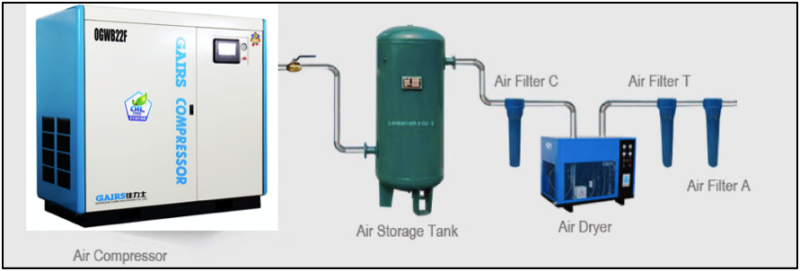
How To Choose?
How To Choose?
What is the objective of the Compressed Air Piping System?
The objective of a compressed air piping system is to supply high-pressure, dry compressed air to points of use.
The compressed air piping system allows manufacturers to adapt their processes and workflows to meet the needs of their facility’s unique setup. It also ensures that factory workers have quick access to dry, filtered compressed air 24 hours a day, 7 days a week.
When selecting a compressed air piping system, it is important to keep the below factors in mind:
- The type of compressed air piping system
- The shapes and size of the pipes
- The pressure and temperature rating of the pipe material
- The type of fittings that are available for the pipe material
- The cost of the system
- The ease of installation and maintenance
- The environmental conditions where the system will be used
Considerations for a Successful Piping Layout that Enhance Pressure Efficiency
- The pipe size and layout should be designed to reduce the fittings and number of bends.
- The pipe should be installed in a straight run whenever possible
- Tees and elbows should be possibly ignored.
- Pipe sizes should be chosen to match the flow requirements of the system
- Valves and filters should be located as close to the point of use as possible
- The pipe should be supported every 6-8 feet to prevent sagging or collapsing
Consult with Professional
If you are planning to design and install a compressed air piping system, it is always recommended that you consult with professionals about your specific needs and requirements. Compressed air piping systems can be very complex and difficult to install and maintain if the right tools, materials, and resources aren’t available.


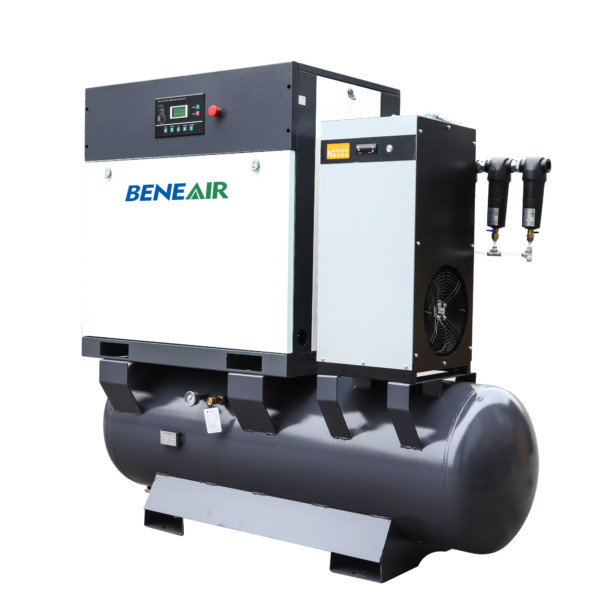
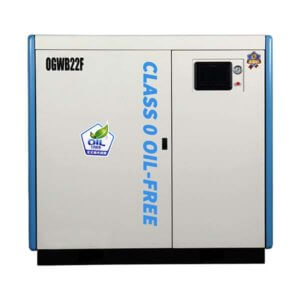
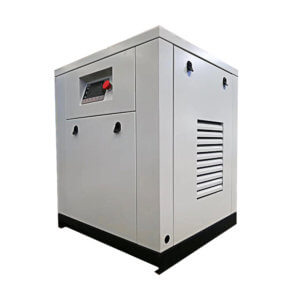
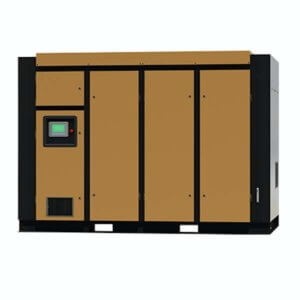



Leave A Comment